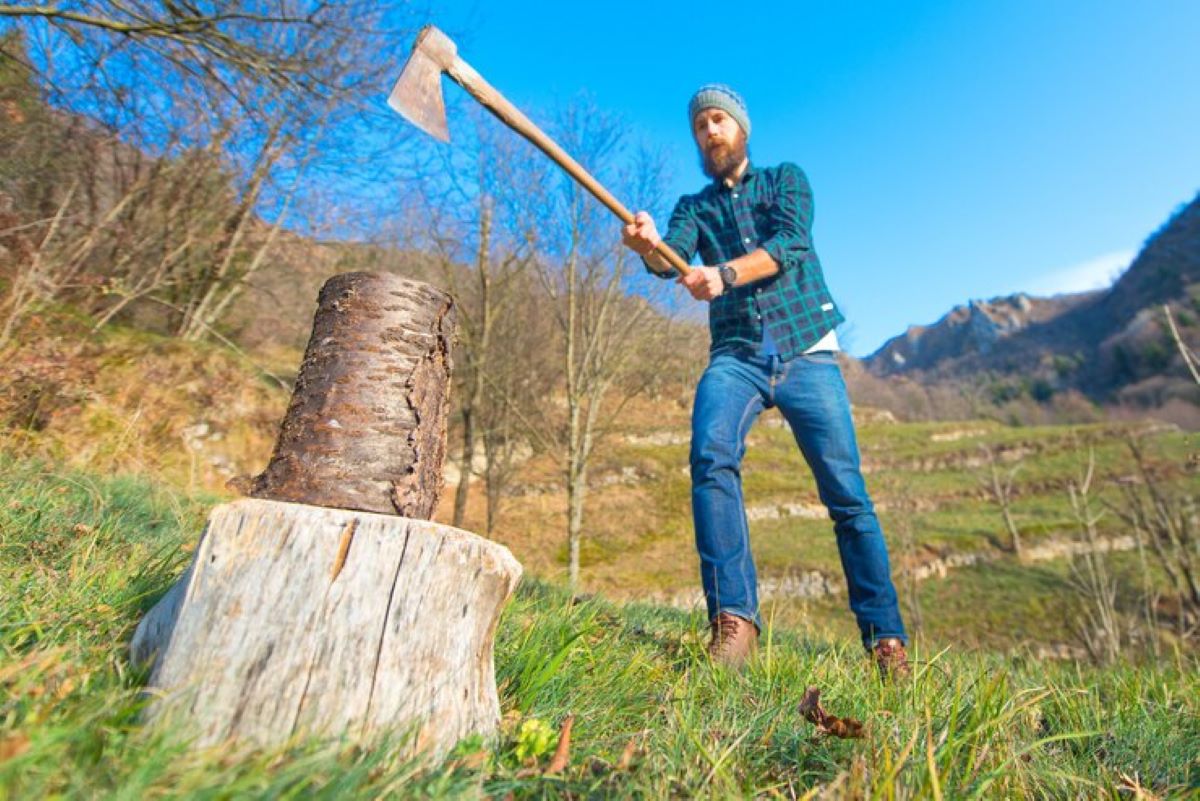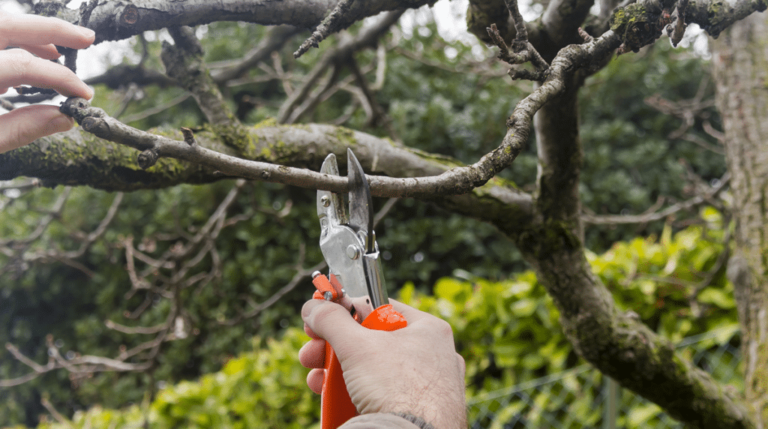Tree Removal Blue Mountains: Navigating the Unique Challenges
The Blue Mountains region is renowned for its breathtaking landscapes, diverse ecosystems, and rich biodiversity. However, with these natural wonders come specific challenges when it comes to tree removal. Understanding the local environment, the flora, and the legal requirements is essential for any tree removal operation in this area. This article aims to explore these unique challenges and provide insight into successfully navigating them.
Understanding the Terrain of Blue Mountains
The terrain of the tree removal blue mountains is characterized by its rugged topography, steep slopes, and rocky ground, which can significantly complicate tree removal processes. Tree removal in such areas requires specialized knowledge and techniques to ensure safety and efficiency. Additionally, the unique geological conditions can influence the type of equipment that should be used for each project. The diverse ecosystems found within the Blue Mountains also necessitate a careful approach to tree removal, as certain species may be protected or play critical roles in their habitats.
The Impact of Altitude on Tree Removal
The altitude of the Blue Mountains presents various challenges when it comes to tree removal. At higher altitudes, the air is thinner, which can affect both the equipment and the physical stamina of the workers. Additionally, trees at these elevations often exhibit different growth patterns and structural integrity compared to those at lower elevations. This requires specific assessments and methodologies during the removal process. For instance, the root systems of high-altitude trees may be shallower due to the rocky substrate, which can complicate the removal process and necessitate a more delicate touch.
Furthermore, the increased exposure to wind and weather extremes at higher elevations can make tree removal riskier. It is critical for teams to assess weather conditions consistently and prepare for any potential hazards that may arise during the operation. The presence of sudden storms or temperature fluctuations can also affect the moisture content of the wood, influencing how it behaves during cutting. Workers must be trained to recognize these signs and adapt their strategies accordingly to ensure both their safety and the integrity of the surrounding environment.
Dealing with Steep Slopes and Rocky Ground
Steep slopes pose a significant safety risk during tree removal. Workers must navigate tricky footing and the potential for slips or falls. Implementing safety measures such as harnesses and anchor points becomes paramount in such environments. Moreover, the use of specialized equipment like winches and telehandlers may be necessary to assist in tree removal on these inclines. Training in the proper use of this equipment is essential, as improper handling can lead to accidents or damage to the landscape.
Rocky ground can impede access to machinery and make it challenging to establish a stable work area. Before commencing removal, a thorough site assessment is essential to identify these obstacles and strategize appropriate approaches to mitigate risks and improve efficiency. In addition, the rocky terrain can create unique challenges for the disposal of debris. Workers must plan for how to transport cut materials safely down the slope, often requiring additional manpower or equipment to manage the logistics of removal. Understanding the local geology also aids in predicting how the ground may shift or settle during the operation, allowing teams to take preemptive measures to secure their work area effectively.
The Unique Flora of Blue Mountains
The flora of the Blue Mountains is incredibly diverse, which requires a knowledgeable approach to tree removal. Various species inhabit this region, each with its specific characteristics, ecological roles, and preservation statuses. Understanding these unique aspects is essential to ensure that tree removal does not have unintended negative consequences.
Identifying Protected Tree Species
Some tree species in the Blue Mountains are protected by environmental laws due to their ecological significance. Before initiating tree removal, it is crucial to identify any protected species in the area. This may involve consulting local environmental resources or engaging with experts specializing in the region’s flora.
Failure to identify and respect these protected species can lead to legal repercussions and disrupt local ecosystems. Therefore, a comprehensive assessment and proper consultation are not just advisable but necessary steps in the tree removal process. Additionally, many of these protected species, such as the Blue Mountains Ash and the Mountain Blue Gum, play vital roles in carbon sequestration and habitat provision for various wildlife, making their preservation even more critical.
Managing Invasive Tree Species
Invasive tree species can pose significant challenges in the Blue Mountains, as they often outcompete native flora, disrupt local ecosystems, and affect wildlife habitats. Managing these species strategically is essential in promoting ecological balance.
Effective management includes identifying invasive species, understanding their growth patterns, and implementing appropriate removal techniques. This may involve collaborative efforts with local environmental agencies, utilizing mechanical removal methods, or even employing chemical treatments judiciously to minimize the impact on surrounding flora. Moreover, community involvement plays a crucial role in managing these invasive species; local volunteers can participate in removal efforts and restoration projects, fostering a greater appreciation for the native environment. Educational programs can also help raise awareness about the importance of maintaining biodiversity and the threats posed by invasive species, encouraging responsible stewardship of the land.
Weather Conditions and Tree Removal
The weather in the Blue Mountains can be unpredictable and extreme, posing additional challenges during tree removal operations. It is vital for teams to be prepared for sudden changes in weather to ensure the safety of the workers and the environment.

Preparing for Sudden Weather Changes
Weather conditions in this region can shift rapidly, from bright sunshine to storms within minutes. Before starting a removal operation, teams should closely monitor weather forecasts and be equipped with contingency plans. Having clear communication protocols and safety procedures in place for inclement weather is essential.
Additionally, workers should be trained to recognize early warning signs of deteriorating weather, allowing them to make informed decisions regarding the continuation of tree removal tasks. This training can include understanding cloud formations, wind patterns, and even the behavior of local wildlife, which often serves as an indicator of impending storms. For example, birds may seek shelter and animals may become more active as they sense changes in atmospheric pressure, providing valuable cues for workers to heed. Click here to get why local knowledge is key for tree removal in blue mountains.
The Role of Seasonality in Tree Removal
The changing seasons in the Blue Mountains influence the best timing for tree removal. For instance, winter often presents challenges due to snow and ice making the terrain hazardous, while spring and summer months might see increased growth vigor in trees, complicating removal efforts.
Pre-planning tree removal for optimal seasons not only enhances operational efficiency but also minimizes stress on the local ecology. It’s essential to consider the reproductive cycles of trees and the potential impact on surrounding wildlife when planning removal during certain times of the year. For example, removing trees during nesting season can disrupt avian populations, while winter removals can leave behind a landscape that is less hospitable to wildlife. Furthermore, understanding the local flora and fauna can aid in selecting the best time for removal, ensuring that the ecological balance is maintained and that the natural beauty of the Blue Mountains is preserved for future generations.
Safety Measures in Tree Removal
Safety is paramount in any tree removal operation, but it is particularly critical given the unique challenges presented by the Blue Mountains. Comprehensive safety measures must be enforced for both personnel and the environment.
Equipment and Techniques for Safe Tree Removal
Utilizing the right equipment is crucial to enhancing safety during tree removal. Chainsaws, cranes, rigging equipment, and personal protective gear must meet safety standards and be suitable for the specific terrain. Operators should be trained in advanced techniques to handle trees effectively and safely in steep, rugged landscapes.
Techniques like tree felling, dismantling, and winching should be adapted to suit the site’s unique characteristics, considering factors like tree weight, nearby structures, and potential hazards. For instance, in areas with high winds, operators may need to implement additional safety protocols, such as using ropes to control the direction of the fall. Furthermore, the use of drones for aerial assessments can provide invaluable insights into the tree’s condition and surrounding environment, allowing for more informed decision-making before any cutting begins.
Ensuring the Safety of Wildlife During Tree Removal
In the Blue Mountains, preserving local wildlife is as essential as worker safety. Removing trees can disrupt habitats and migration patterns, so it’s vital to conduct wildlife assessments before starting removal operations. This includes identifying nesting sites and habitats for local fauna.
If protected or endangered species inhabit the area, efforts should be made to relocate them safely or schedule work to avoid disturbance during breeding seasons. Collaborating with wildlife experts can help ensure that operations are conducted in an environmentally responsible manner. Additionally, employing sound barriers or other mitigation strategies can minimize noise pollution, which is particularly important for sensitive species that rely on sound for communication and navigation. Engaging with local conservation groups can also foster community support and provide further insights into best practices for preserving the rich biodiversity of the Blue Mountains during tree removal activities.
Legal and Environmental Considerations
Operating within the legal framework is critical when undertaking tree removal in the Blue Mountains. Various regulations govern the removal of trees, particularly those related to protected species and environmental conservation.
Understanding Local Tree Removal Laws
Different areas of the Blue Mountains may have specific laws concerning tree removal, including permits required for trees of certain sizes or types. Engaging with local government agencies to fully understand these requirements is essential before any removal work begins.
Understanding the legal implications will help avoid fines, delays, and potential legal actions that may arise from non-compliance. Documentation and agreements regarding tree removal should be meticulously prepared and maintained. Additionally, it is often beneficial to consult with legal experts who specialize in environmental law to ensure that all aspects of the tree removal process align with local and state regulations. This proactive approach can save time and resources, as well as foster a cooperative relationship with regulatory bodies.

Minimizing Environmental Impact During Tree Removal
To minimize the environmental impact of tree removal, sustainable practices should be prioritized. This may include selective removal techniques, adhering to regulations about waste materials, and replanting native species where feasible. Consideration for soil erosion, sediment shifting, and runoff is also essential in protecting the surrounding ecosystems.
Conducting post-removal assessments ensures that any adverse effects are mitigated and that the forest can recover effectively. Engaging with local conservation groups can also provide valuable insights into best practices and follow-up work after tree removal. Furthermore, implementing erosion control measures, such as silt fencing and re-vegetation of disturbed areas, can significantly enhance the recovery process. By fostering biodiversity through the introduction of native flora, the ecological balance can be restored, benefiting both wildlife and the local community.
Moreover, community involvement in tree planting initiatives can create a sense of stewardship among residents, encouraging them to take an active role in preserving the natural beauty of the Blue Mountains. Educational workshops and outreach programs can empower individuals with knowledge about the importance of trees in maintaining air quality, providing habitat for wildlife, and contributing to overall landscape aesthetics. Such initiatives not only promote environmental awareness but also strengthen community ties, fostering a collective commitment to sustainable practices in the region.




